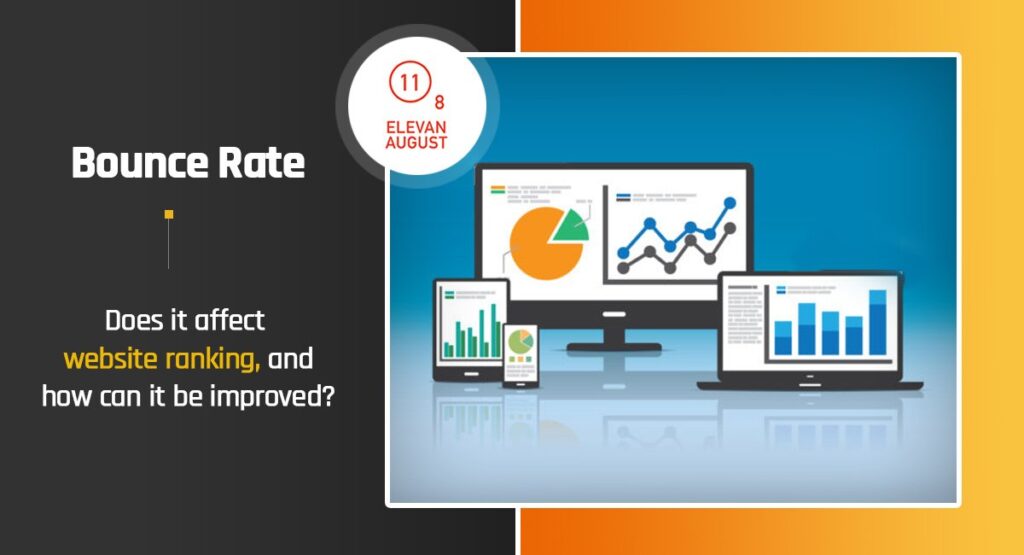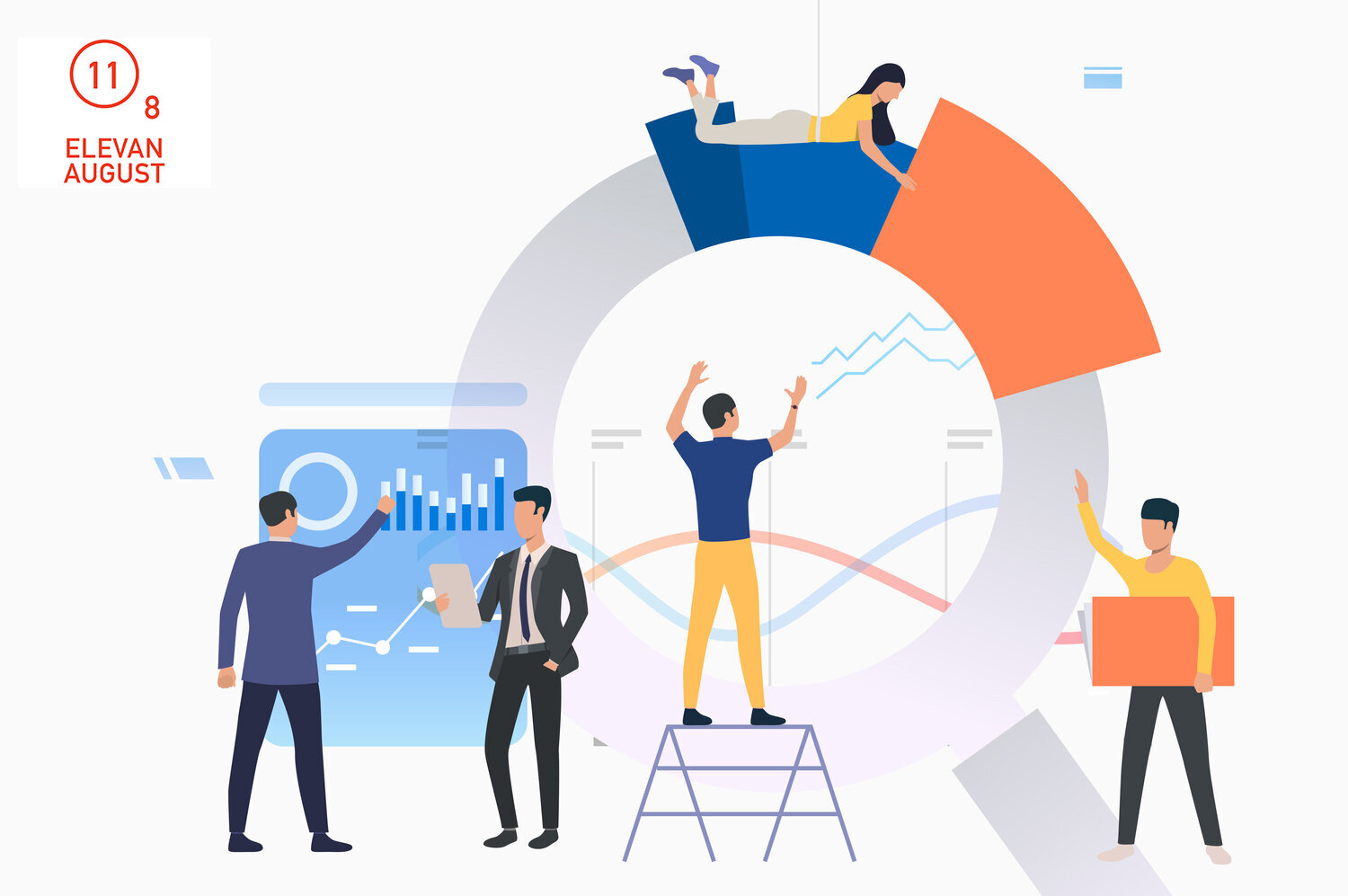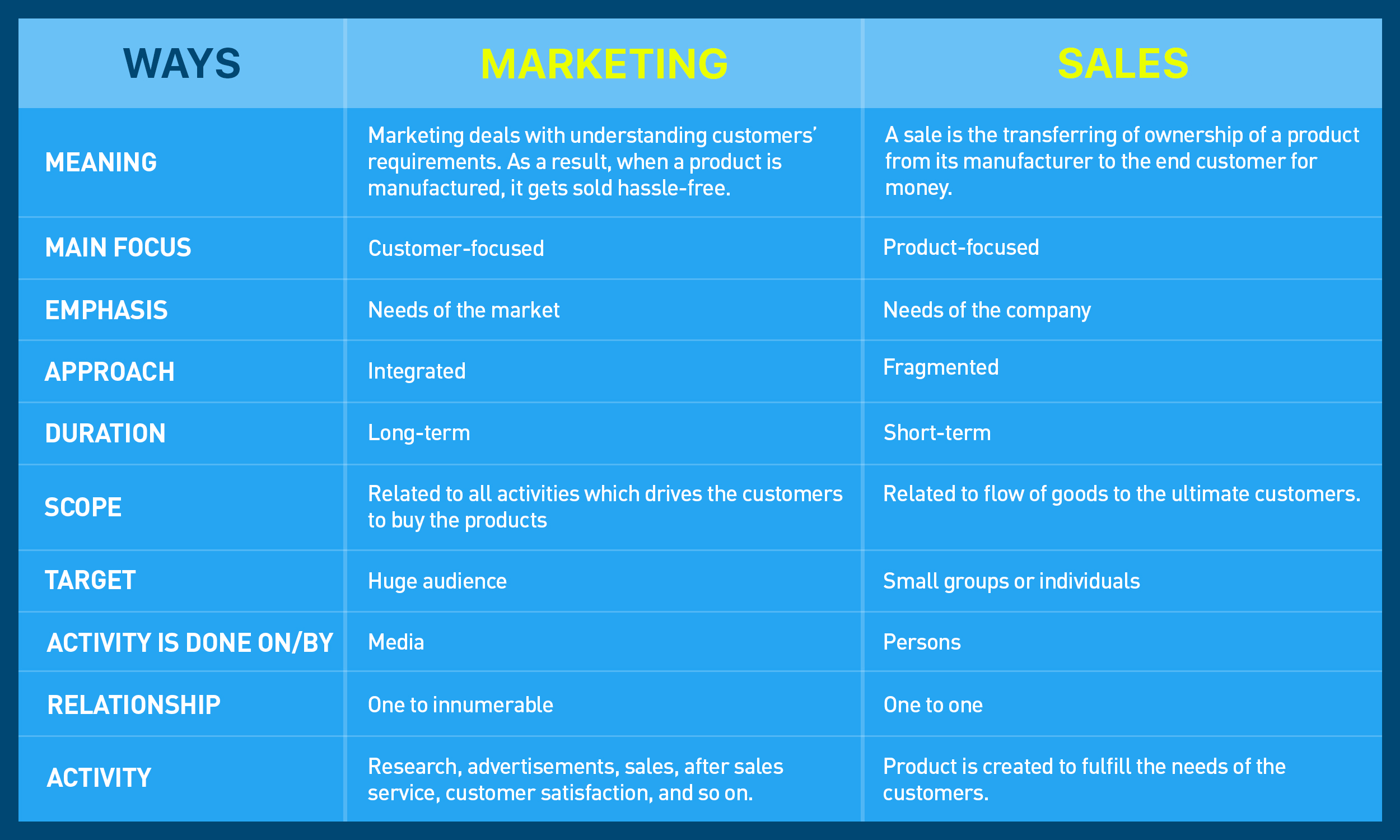Bounce rate refers to the percentage of visitors leaving a webpage without taking action, such as filling out a form, clicking on a link, etc. As it implies that the visitor didn’t convert, reducing its percentage can help increase your conversion rate. Besides, a high bounce rate might indicate your website has issues concerning user experience, page layout, or content. A top digital marketing agency Singapore can guide you through taking various steps to reduce the bounce rate on your website.
Google doesn’t consider it as a ranking factor. Though it doesn’t affect organic ranking, it can indirectly affect other ranking factors. These include slow site speed, poor mobile optimisation, etc. You should also consider the time-on-page experience to determine whether you have succeeded in providing a better user experience to your audience. For instance, your webpage has no issue if it has a low bounce rate but a high time-on-page. Higher time-on-page indicates that you are providing engaging content for your audience, which is good for your webpage.
Despite not being a Google ranking factor, it is critical to reducing bounce rate as this metric helps indicate whether your content is helpful, engaging, and offers value.
What Causes a High Bounce Rate on Web Pages?
The following are the possible causes of the increased bounce rate of your website. Let’s discuss them further.
Slow page loading speed
A slow page loading speed can contribute to a higher bounce rate. Site speed has always been a critical part of Google’s ranking algorithm. If your web pages take more than 2 seconds to load, a significant number of visitors will likely leave. An SEO expert Singapore can help identify whether your website needs to improve site speed to boost your search rankings.
Page content not matching audience intent
Your website content should match user intent. For instance, if someone lands on your page after searching for specific queries and doesn’t find the information they are looking for, they will likely leave. It further will increase your bounce rate.
Your audience gets what they want
Not every bounce rate is negative. If your audience finds the answer they are looking for soon after landing on your website, it may make them leave sooner.
Poor design
Your user may make a poor impression of your website or brand by looking at your website design. As a result, no matter how great your content is, they will not check them and leave the moment they land on your site. It can also lead to an increased bounce rate.
10 tips to Reduce Bounce Rate
The following tips can help reduce the bounce rate of your web pages or overall website. Let’s learn about them.
Improve website design
A fast and well-structured website offers a better user experience. How various visual elements, information, etc., are placed on your website helps create a positive impression among the audience. Further, you may consult with web designers to redesign your website if needed. With better web design, you may encourage your audience to spend more time on your website.
Your website should be responsive
Nowadays, audiences use devices of various screen sizes when accessing your website. As a result, if your audience can’t navigate your website from mobile devices, it can lead to higher bounce rates. Therefore, you need to make your website responsive for all devices.
Add call-to-action
You must add a clear call-to-action to your website to avoid confusing your audiences. Once you decide on one call-to-action that you want your audience to take, you need to place them strategically on your website. Placing your CTA buttons at a place they cannot miss can help increase conversion and reduce bounce rate.
Improve your text readability
If your audience can’t understand your content, they will likely visit other websites to get the answers they are looking for. You must select a font for your website that your visitors can easily read, irrespective of the devices they use to access it. Moreover, it is also better to break your content into smaller paragraphs to make it easier to read. You can also use headings, sub-headings, bullets, graphs, images, charts, etc., to improve the readability of your content.
Optimising webpages
It may be difficult to predict the entry points to your site. Therefore, optimising only the home page is not enough if visitors land on your website through blog articles. Therefore, optimising every page on your website for relevant keywords is better.
If you run ads on search engines, you can create specific landing pages for each. It will help the audience land on the relevant page and get the information they are searching for.
If you run an eCommerce site, you need to improve your product pages. You need to pay attention that these pages will contain the critical details concerning the product to help your audience make a purchase.
A/B Testing
If you have doubts about improving user experience to reduce bounce rate, you can perform A/B testing. For instance, you can create two versions of the same page and present them to different visitors when they land on your website. Measuring their performance in retaining traffic can help you determine which version to keep on your website. In this way, you can test different pages on your website.
Add visual elements
Adding visual elements to your web pages can drive the audience’s attention and encourage them to spend more time on your website. As we mentioned, you can add images, photos, etc., and catchy CTAs to guide your audience to take the next action on your website.
Include videos
Videos are a great way to catch your audience’s attention and keep them engaged. The more time your audience spends on your website watching videos, it will help reduce bounce rates. You can create original videos relevant to your content or embed an existing video.
Update your content
The quality of your content plays a critical role in keeping your audience engaged on your website. You must create relevant, engaging, and helpful content for your website. If needed, you need to update your content from time to time to ensure its freshness. Your audience will be interested in checking out the most recent content. Therefore, this strategy can help them stay longer on your website and reduce bounce rates.
Optimise internal links
Creating a solid internal linking structure is essential to keep your audience engaged and encourage them to check other relevant links on your website. However, we are not suggesting stuffing your content with as many links as possible. Doing so can affect the readability of your content. Select your anchor text carefully and focus on its relevance. Next, include only those internal links that will provide additional information to your audience relevant to the topic they are currently reading.
Therefore, following all these tips can help reduce your bounce rate. Elevan August Media is a trusted Singapore SEO agency. They can help identify the possible causes if your website has a high bounce rate. Accordingly, they can help develop strategies to reduce bounce rates and improve page conversion.






